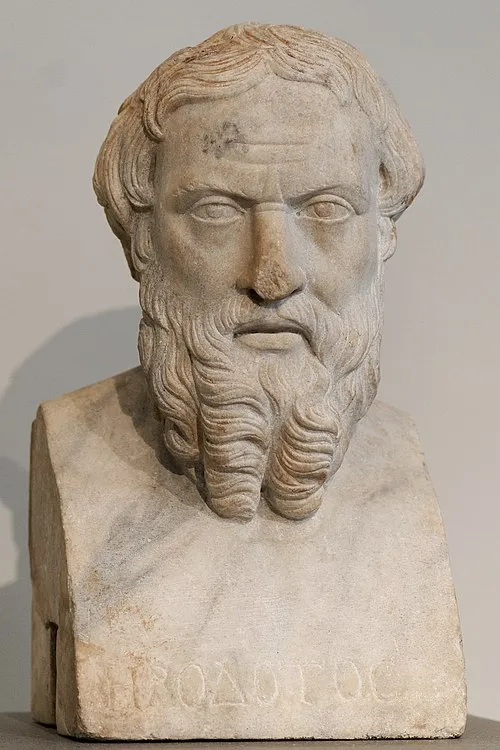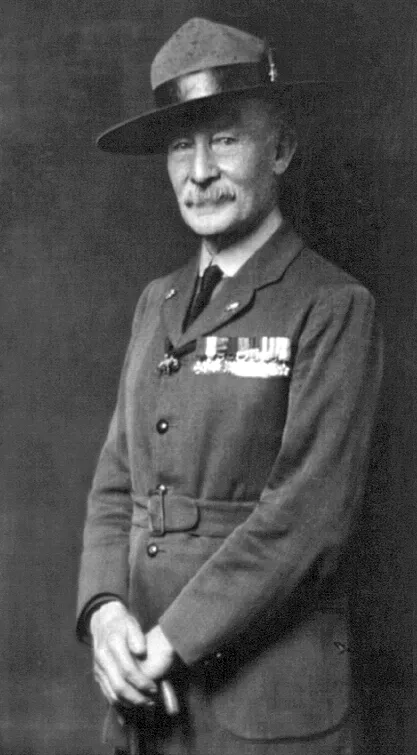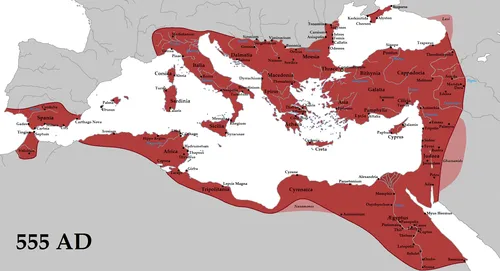
Exploring the Life and Legacy of Gerald of Mayo
Gerald of Mayo, also known as Geraldus de Maynooth, was a notable figure in medieval Ireland, renowned for his contributions as a historian, biographer, and a member of the clergy. His works provide crucial insights into the socio-political landscape of Ireland during the 12th century, making him an essential subject of study for those interested in Irish history.
Early Life and Education
Born in the late 11th century, Gerald of Mayo grew up in a time when Ireland was undergoing significant changes, including the influence of Norman invasions and the growing power of the Catholic Church. Gerald was likely educated in the monastic schools that were prolific at that time, where he developed a deep appreciation for literature, theology, and history.
Clerical Career
Gerald’s clerical career began when he became a monk at Mayo Abbey, an important ecclesiastical site in County Mayo. He quickly rose through the ranks due to his dedication and intellectual prowess. Eventually, he was appointed the abbot of the abbey, where he played a pivotal role in reforming and revitalizing monastic life.
Historical Contributions
One of Gerald of Mayo's most significant contributions is his historical writings, particularly his work “The Annals of the Four Masters.” This comprehensive chronicle details the history of Ireland from its mythical beginnings up until the 17th century, and it remains one of the most important sources for historians studying early Irish history. Gerald’s keen observations and meticulous accounts shed light on the political dynamics, cultural aspects, and religious shifts in Ireland during his time.
Biography of Saint Brendan
Aside from his historical contributions, Gerald is also well-known for his biography of Saint Brendan, one of the early Irish saints. This hagiography not only highlights Brendan's missionary journeys but also reflects the religious fervor and cultural identity of 12th-century Ireland. Gerald's writing serves as both a spiritual guide and a historical text, providing insights into the early Christian church's role in Irish society.
Legacy and Influence
Gerald of Mayo's legacy persists through his writings, which continue to be studied for their historical value and literary merit. His works have influenced numerous historians and writers, contributing to a richer understanding of Ireland’s past. Gerald’s ability to intertwine history with moral and ethical lessons has made his texts timeless.
Conclusion
In conclusion, Gerald of Mayo remains an influential figure in the tapestry of Irish history. His contributions as a historian and cleric not only shaped the understanding of medieval Ireland but also provided a framework for future historical writings. For anyone interested in the complexities of Irish history or the development of early Christian literature, Gerald of Mayo's life and work are indispensable.






